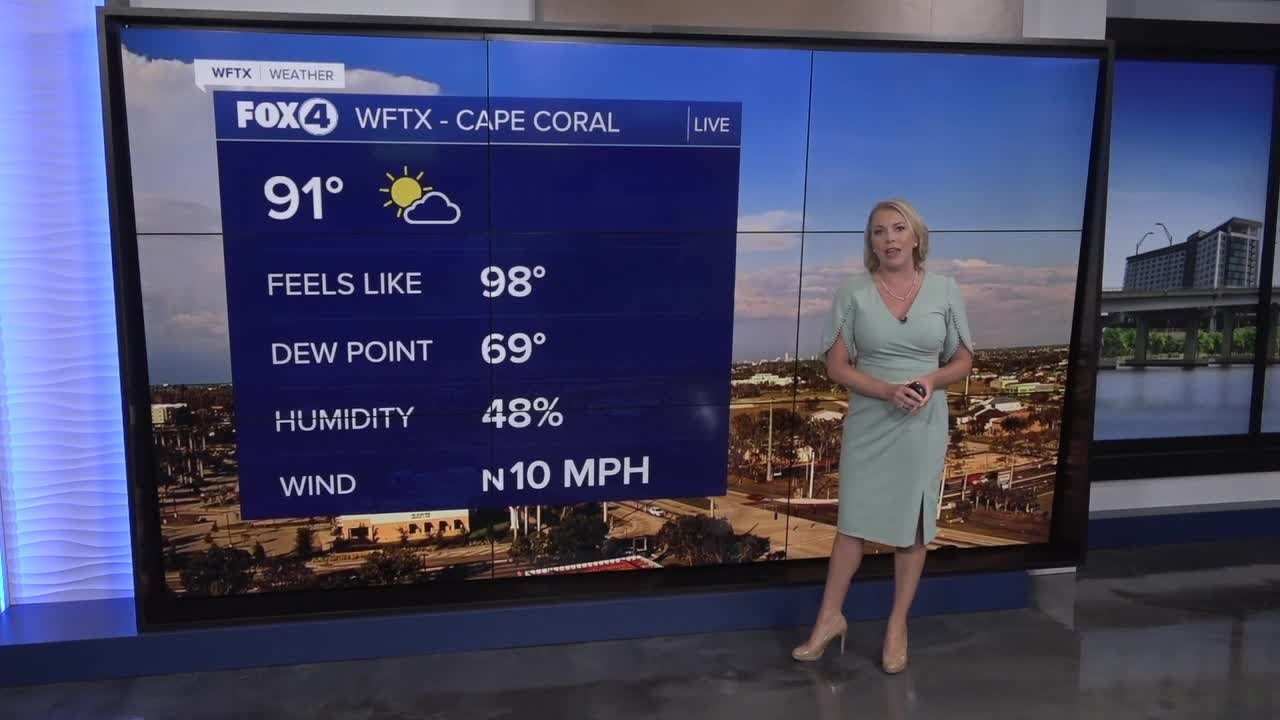As temperatures rise and the sun beats down relentlessly, afternoon storms become a common occurrence, especially in equatorial regions. Despite having many years of experience, meteorologists are still grappling with the challenge of forecasting and tracking these storms accurately. This article delves into the different methods used to track afternoon storms and the latest technologies being employed to predict their intensity and movement. With climate change fuelling unpredictable weather patterns, accurately tracking these storms in real-time is more important than ever.
Introduction
Summer brings with it a host of weather patterns, including afternoon storms that can be sudden, violent, and even deadly. From residents in the Midwest to those in the Southeastern United States, summer afternoons can be a time of watching the skies and tracking the progress of thunderstorms that can spawn tornadoes, hailstorms, and high winds. Knowing how to track these storms is an important skill for anyone living in areas that are susceptible to severe weather.
What are Afternoon Storms?
Afternoon storms are thunderstorms that typically form during the heat of the day, usually in the late afternoon or early evening. These storms are most common in the summer months when warm, moist air rises rapidly and meets cooler, drier air higher in the atmosphere. This can trigger the formation of clouds that can develop into thunderstorms.
Why are They Dangerous?
Afternoon storms can be dangerous for several reasons. First, they can produce lightning strikes, which can kill or injure people and damage structures. They can also produce high winds that can cause property damage and knock down trees and power lines. Additionally, they can produce hailstones that can damage crops, vehicles, and homes. Finally, some afternoon storms can spin off tornadoes, which can be extremely dangerous and destructive.
What are the Signs of an Approaching Storm?
There are several signs that indicate an approaching storm, including:
– Darkening skies
– Increasing wind
– Thunder
– Lightning
– Distant rumbling sounds
– Sudden drops in temperature
If you notice these signs, you should take action to prepare for the storm. Seek shelter indoors, away from windows, and avoid outdoor activities until the storm has passed.
How to Track Afternoon Storms
Tracking afternoon storms can be challenging, but there are several ways to do it. One way is to use a weather radar app on your smartphone or tablet. These apps provide real-time weather updates and are usually free to download. Another way is to listen to a local radio or television station that provides weather alerts. Many stations also offer weather apps and alerts through their website.
If you have a weather radio, you can also use it to track storms in real-time. These radios provide continuous updates from the National Weather Service and can be especially helpful for people who live in areas with poor cellular coverage.
What to Do When a Storm Hits
If a storm hits while you are outside, seek shelter immediately. Avoid seeking shelter under trees or near metal objects, such as fences or playground equipment. If you are driving, pull over and park in a safe area until the storm has passed. Stay inside your vehicle with your seatbelt on and avoid touching any metal parts of the car.
If you are indoors, stay away from windows and doors and avoid using electrical appliances. Unplug any appliances that aren’t in use to protect them from damage caused by power surges. If you have a basement or storm shelter, move to it until the storm has passed.
Conclusion
Afternoon storms can be dangerous, but by knowing how to track them and taking appropriate action, you can protect yourself and your family. Keep an eye on the skies and stay tuned to weather updates to stay informed about incoming thunderstorms. Remember to seek shelter immediately if a storm hits and stay indoors until it has passed. With a little preparation and vigilance, you can stay safe during storm season.




































